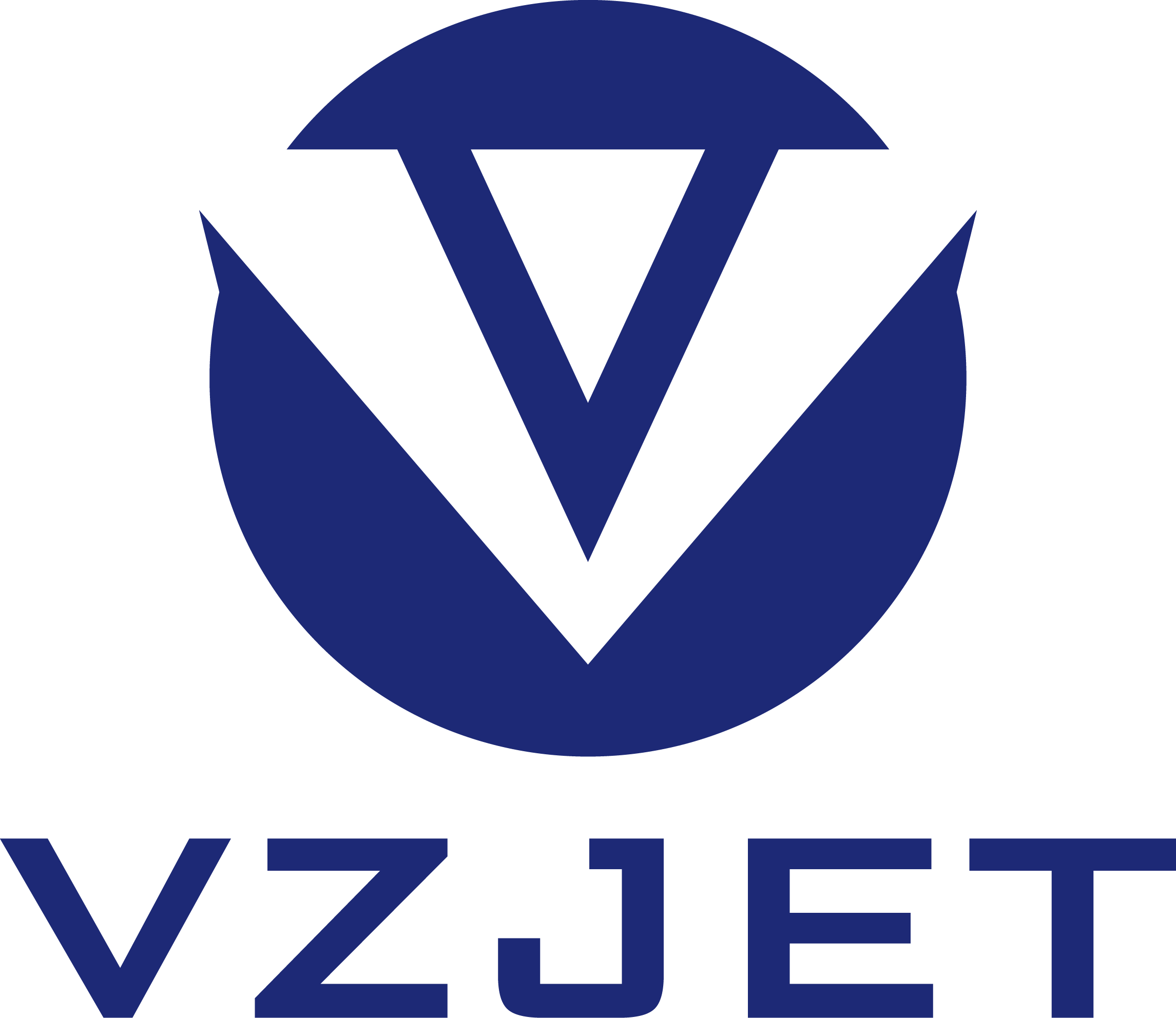Information
What should I do if the marking effect of the laser marking machine is not clear enough?
14 Aug,2025
I. Unreasonable Parameter Settings: Core Influencing Factors
- If the power is insufficient: The marking depth is not enough, and the pattern is light and the edges are blurred (especially obvious on metals and dark-colored materials).
Solution: Gradually increase the power (by 5%-10% each time) until the pattern edges are clear without excessive burning. - If the power is too high: The material surface is over-burned, resulting in charring and burrs (easily occurring on plastics and paper), which 反而 makes it blurred.
Solution: Reduce the power, and appropriately increase the marking speed to reduce the laser energy absorbed by the material.
- Too fast speed: The laser action time is short, the lines are discontinuous, and the pattern has "broken strokes" (especially for complex patterns or small characters).
Solution: Reduce the marking speed (to ensure the laser has enough time to act on the material), and appropriately increase the frequency (to make the light spots denser and the lines more continuous). - Too low frequency: The distance between light spots is large, and the lines are "dotted and discontinuous", which is especially obvious during high-speed marking.
Solution: Increase the frequency (for example, the frequency of a fiber laser machine can be increased from 20kHz to 50kHz) to make the overlapping of light spots more uniform and the lines smoother.
II. Lens and Focal Length Issues: Affecting Light Spot Precision
- The focal length is too far/too close: The light spot becomes larger, the energy is dispersed, and the pattern edges are blurred and vague.
Solution:- Manual focusing: Refer to the equipment manual, adjust the lens height, so that the laser focus accurately falls on the material surface (you can observe through "test marking": the marking at the focal point is the clearest, and it gradually becomes blurred after deviation).
- For automatic focusing models: Check if the sensor is clean (dust may cause wrong distance judgment), or restart the automatic focusing function for calibration.
- Dust, oil stains, or scratches on the lens surface: The laser beam is scattered, the light spot is deformed, and the marking has "burrs".
Solution:- Gently wipe the lens with a special lens paper or anhydrous alcohol cotton pad (avoid touching with hands or hard wiping to prevent scratches).
- If the lens has serious scratches, it is necessary to replace it with a lens of the same model (lenses with different focal lengths cannot be mixed, which will cause focal length deviation).
III. Insufficient Material Properties and Pretreatment
- Oil stains, dust, and oxide layers (such as rust on metal surfaces) will hinder the direct interaction between the laser and the material, resulting in blurred marking patterns with "white spots".
Solution: Clean the surface before marking (wipe metals/plastics with alcohol, and paper/wood with a dry cloth) to remove impurities.
- Different lasers are suitable for different materials:
- CO₂ laser (wavelength 10.6μm): Suitable for non-metals (plastics, paper, wood). If used for metal marking, the energy is reflected, and the pattern is light and blurred.
- Fiber laser (wavelength 1.06μm): Suitable for metals (stainless steel, aluminum alloy) and some high-hardness plastics. If used for ordinary paper, it may cause excessive burning.
- Solution: Replace the laser according to the material (such as replacing with a fiber laser for metals and a CO₂ laser for plastics), or perform pretreatment on the surface of mismatched materials (such as coating a light-absorbing coating on the metal surface).
IV. Inadequate Equipment Maintenance and Calibration
- If the laser has been used for too long (such as more than 5 years), the output power will 衰减 (especially the glass tube of CO₂ lasers), resulting in insufficient energy and blurred patterns.
Solution: Contact the manufacturer to test the laser power. If the attenuation exceeds 30%, it is necessary to replace the core components of the laser (such as the glass tube and module).
- If the laser deviates from the optical path during transmission (through reflectors and focusing lenses), it will lead to uneven energy distribution, and the marking pattern will be clear on one side and blurred on the other.
Solution:- Check if the reflector is loose (tighten the fixing screws), and clean the surface of the reflector (using the same method as cleaning the lens).
- Contact professionals to calibrate the optical path (professional instruments are required to ensure that the laser beam is transmitted along the center of the optical path).
V. Unreasonable Pattern Design
- When the width of the pattern lines is smaller than the diameter of the laser spot (for example, the diameter of the fiber laser spot is about 0.01-0.1mm), the lines will break and be blurred.
Solution: Optimize the pattern design, thicken the lines (such as increasing the line width from 0.1mm to 0.2mm), and choose bold fonts (such as replacing Song font with Hei font).
- The color contrast between the pattern and the material is small (such as marking white codes on white plastics), even if it is actually clear, it will look blurred visually.
Solution: Adjust the pattern color (such as marking black codes on white plastics, and making dark marks by optimizing parameters to make the laser burn), or increase the filling density of the pattern.
VI. Environmental Factor Interference
Summary: Troubleshooting Steps
14 Aug,2025
Classification:
Information
Latest Contents
06 Aug,2025








